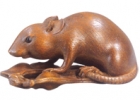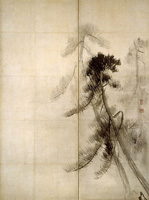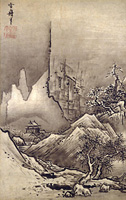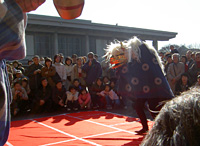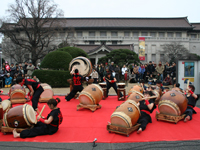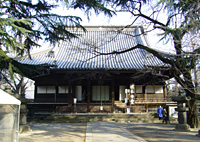Japanese Gallery (Honkan) Rooms T1 & T2
January 2, 2008 (Wed) - January 27, 2008 (Sun)
This display highlights works related to the rat, the animal representing 2008 in the 12 year cycle. Rats are often despised as vermin and associated with unpleasant matters. Despite this, rats have been regarded as symbols of fertility or happiness in East Asia since ancient times because of their fecundity. Works of decorative art with rat designs, paintings with rats and historical materials related to rats offer an overview of the history of how rats have been regarded.
Another theme of this display is longevity. Up until a few generations ago, everyone became one year older on New Year's Day, rather than individual birthdays, and it was important to celebrate the New Year with family or community members. Among various annual events held by aristocrats and warriors, the New Year ceremony was especially significant. It was intended to congratulate those that had lived to see the New Year, to wish for safety and security during the year and pray for longevity. The display features works related to the New Year, using key words including "longevity," "auspiciousness" and "ceremony".

